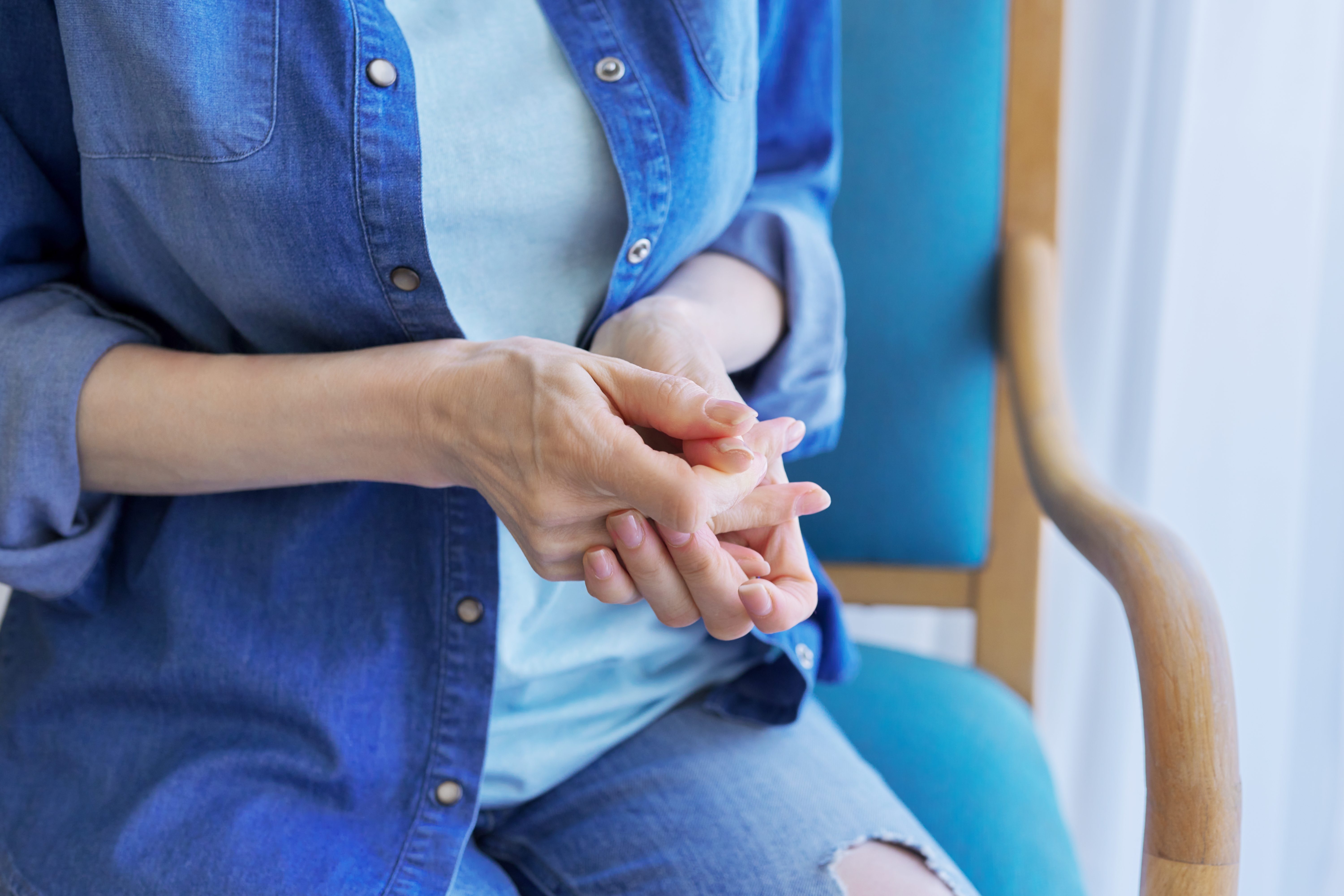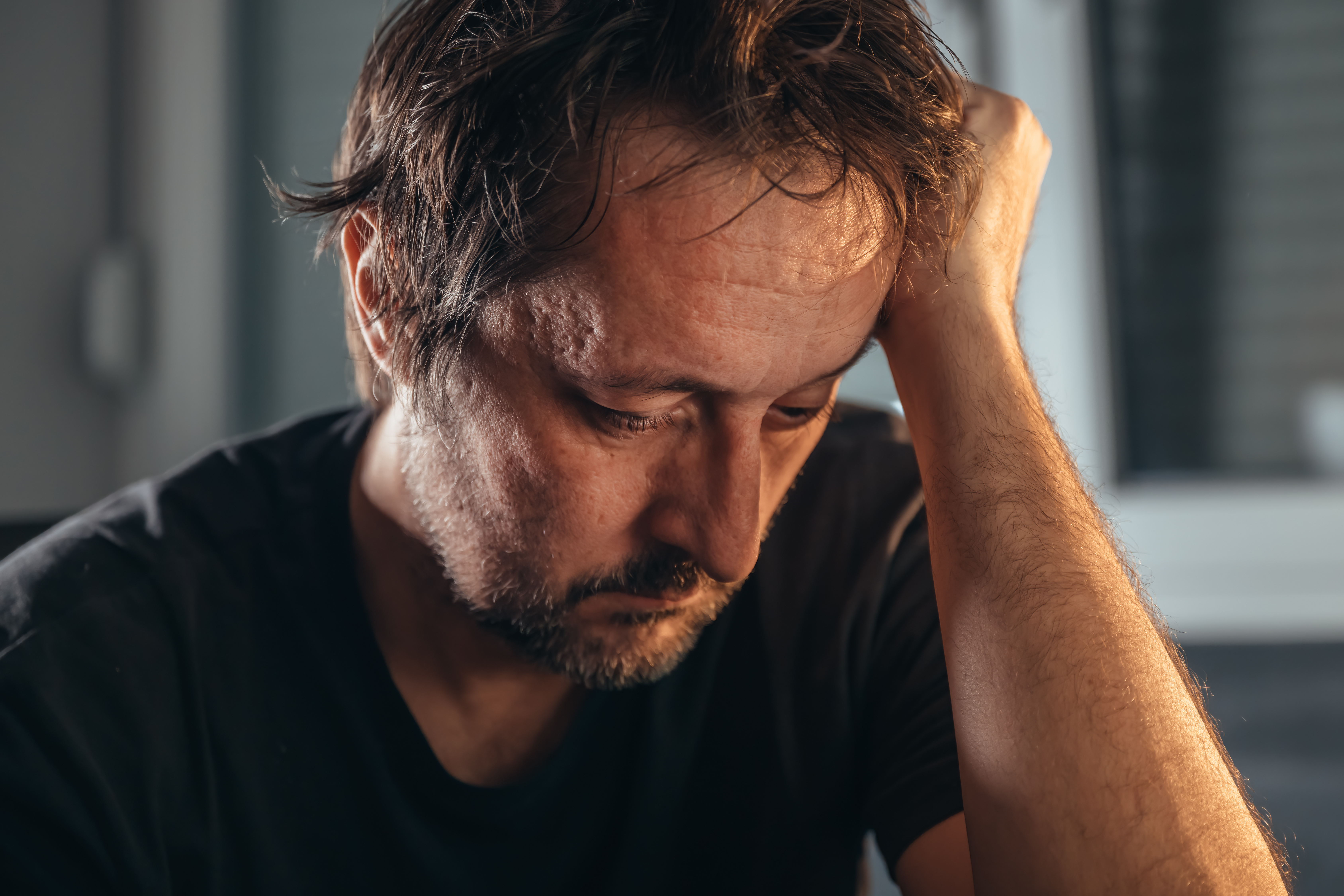Signs You Might Be More Anxious Than You Think
Anxiety is a complex emotional state that can manifest in various forms, often going unnoticed until it significantly impacts one's life. While some people may experience overt symptoms like panic attacks, others might live with subtler signs that are easily overlooked. These understated indicators can be deeply embedded in daily habits and thought patterns, making them difficult to identify. Yet, understanding these signs is crucial for managing anxiety effectively. This article explores 11 subtle clues that may suggest you're more anxious than you realize, providing insight into how these manifestations can intertwine with daily life and influence your well-being.
1. Overthinking Everyday Decisions
One of the most common yet often ignored signs of anxiety is the tendency to overthink even the simplest of decisions. Whether it's choosing what to wear or deciding what to eat, anxious individuals may find themselves trapped in a loop of indecision. This behavior stems from a fear of making the wrong choice and facing potential negative outcomes. Over time, this constant second-guessing can lead to mental fatigue and feelings of inadequacy. Recognizing this pattern is the first step towards breaking free from the cycle of overthinking, allowing for more confident and spontaneous decision-making.
2. Physical Restlessness

Physical restlessness is another subtle indicator of underlying anxiety. This can manifest as an inability to sit still, frequent fidgeting, or a constant need to move. Often mistaken for mere nervous energy, this restlessness is the body's way of expressing internal tension. It can be particularly noticeable in situations that require prolonged periods of stillness, such as meetings or social gatherings. Understanding that this restlessness is a physical manifestation of anxiety can help individuals develop strategies to calm their bodies and minds, such as engaging in regular physical activity or practicing mindfulness techniques.
